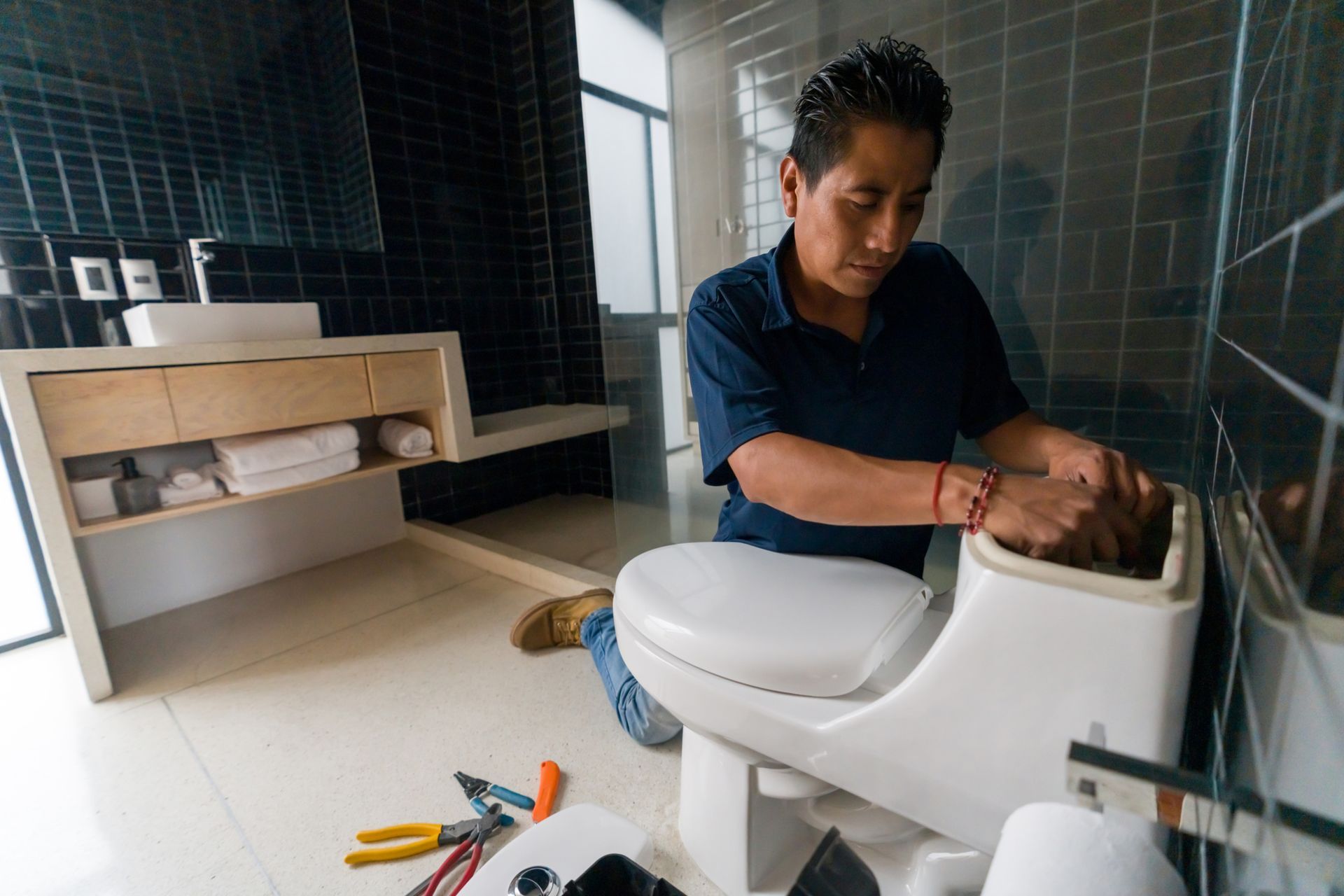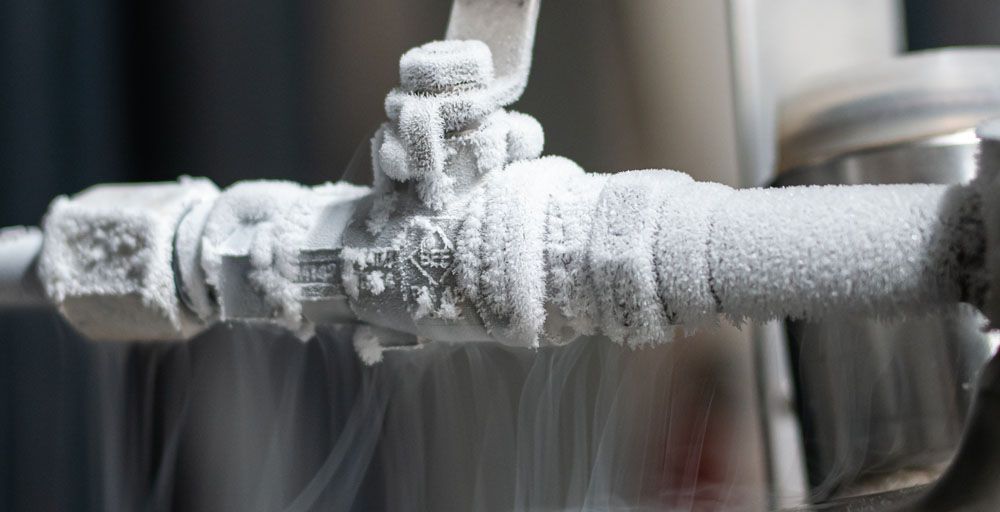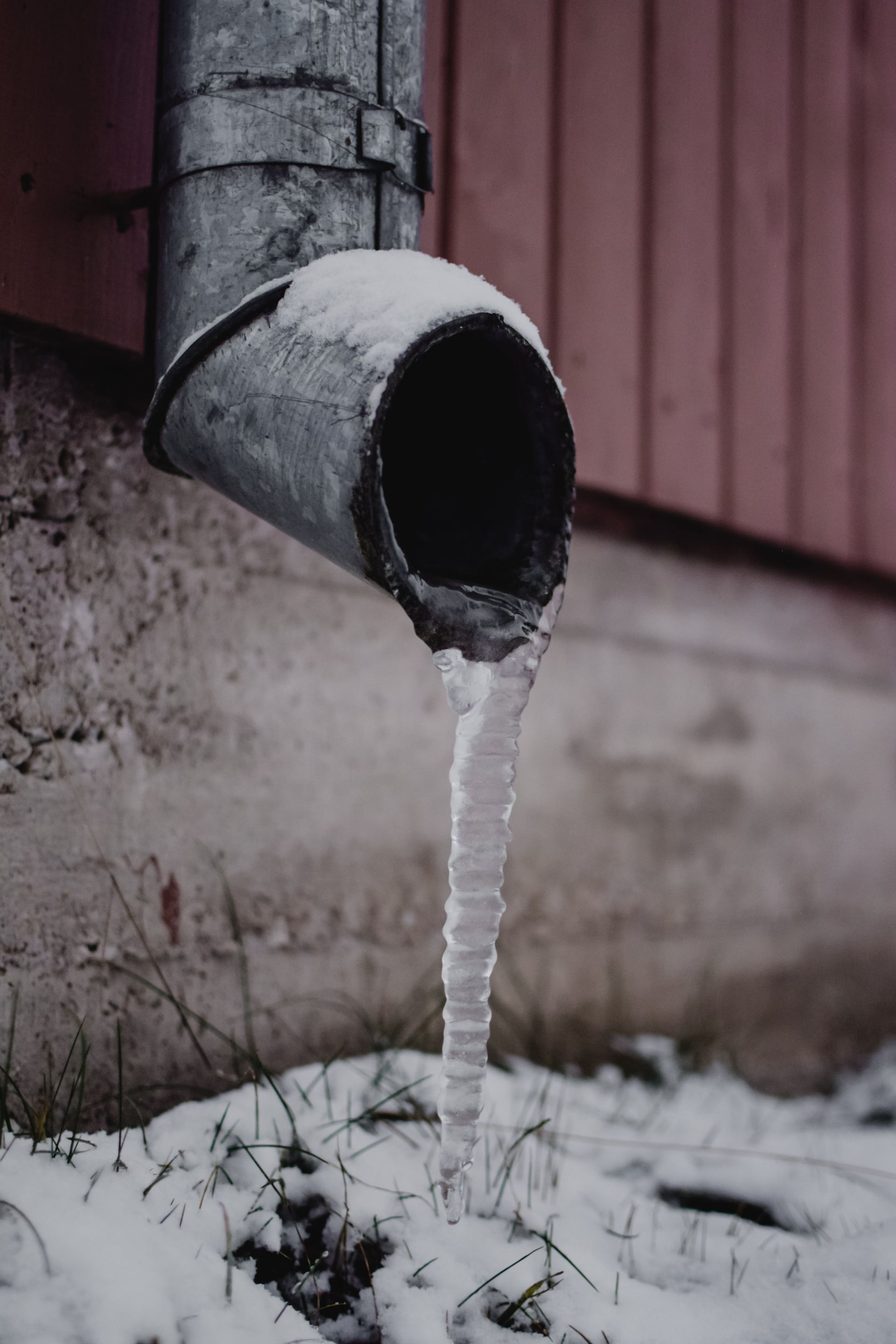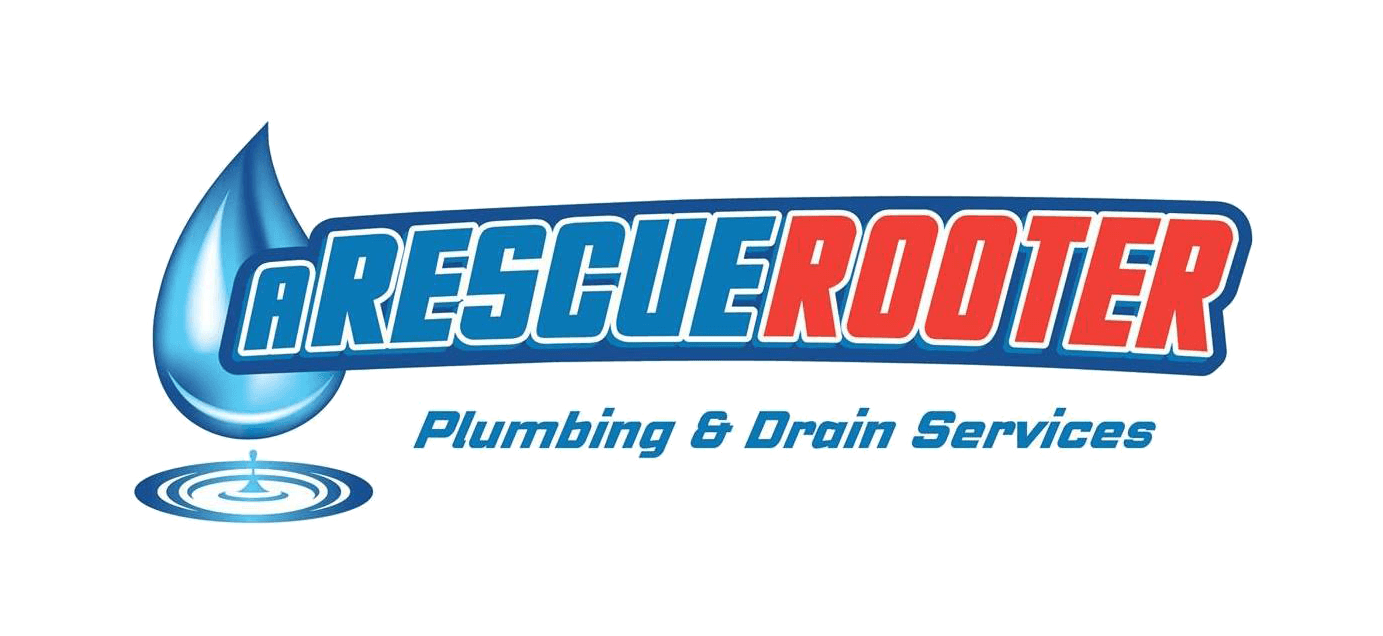How To Know When It's Time For a New Toilet?

How to Know When It’s Time for a New Toilet
For most homeowners, the humble toilet is an afterthought—an essential yet often overlooked fixture that silently serves us day in and day out. However, there comes a point when even the most diligent maintenance can't stave off the inevitable: the need for a new throne. Whether it's due to age, persistent issues, or a desire to save water and lower those monthly bills, determining when to wave goodbye to your current commode isn't always straightforward. This in-depth guide will help you recognize the signs that it’s time for a toilet upgrade and walk you through the process of selecting and installing a new one.
Recognizing the Signs
Your Toilet is Overworked and Underperforming
It may come as a surprise, but the average toilet flushes about 2,000 times a year, with each flush accounting for about 30% of indoor water usage. If your toilet is frequently clogging, running constantly, or you find yourself needing to double flush, it could be a sign that your toilet is past its prime and is not performing efficiently.
Leaks and Water Damage
Leaky toilets are not only a nuisance but also a potential source of significant water damage. Common signs of leaks include a toilet that perpetually seems to be running, water pooling around the base, or even the wobble of the fixture. Over time, these problems can lead to mold and mildew growth or deterioration of the flooring around the toilet.
A Cracked Dilemma
Cracks in the ceramic of your toilet can be hard to detect at first. Often beginning as hairline fractures, they can worsen with each use. Cracks commonly occur in the tank or the bowl and can lead to leaks or a complete breakage of the toilet, so it's best to address this issue promptly.
Age-Related Wear and Tear
While the lifespan of a toilet can vary depending on factors like usage and maintenance, the typical toilet lasts about 50 years. If your toilet is approaching or has surpassed this milestone, it's likely that various components, such as the flapper, fill valve, or flush handle, are reaching the end of their life.
The Efficiency Factor: New Toilets and the Environment
Water-Wise Toilets
The Environmental Protection Agency (EPA) estimates that older toilets can use between 3.5 to 7 gallons of water per flush, whereas newer, high-efficiency toilets use 1.28 gallons or less. Upgrading to a water-saving model not only conserves a precious resource but can also decrease your water bill by as much as $2,200 over the toilet's lifespan.
Dual-Flush Technology
Dual-flush toilets offer the best of both worlds, providing a full flush for solid waste and a reduced flush for liquids. This innovative design can save even more water, with some models using as little as 0.8 gallons for a liquid flush.
Choosing Eco-Friendly Materials
Beyond water efficiency, it's essential to consider the materials used in your new toilet. Look for options made from sustainable or recycled materials that are not only environmentally friendly but also durable and long-lasting.
Selecting the Perfect Potty
Toilet Size and Shape
Toilets come in a variety of sizes to accommodate different bathroom layouts. Measure the rough-in distance (the distance from the wall to the center of the drain) to ensure you choose a toilet that fits properly. You'll also need to decide between a round or elongated bowl, with the latter providing additional comfort for most users.
Flushing Power and Mechanism
The flush is the workhorse of any toilet, so selecting the right one is critical. Gravity-fed flushes are reliable and quiet, while pressure-assist flushes offer higher performance for larger waste volumes. Consider touchless or quiet-close features for added convenience.
Style and Design
A new toilet is an opportunity to update the look of your bathroom. Choose a style that complements your existing decor, whether it's modern, traditional, or a unique design that expresses your personality.
Comfort and ADA Compliance
For optimal comfort, look for toilets that are the right height for you and your family. To be ADA compliant, the seat height should be between 17 and 19 inches, which makes sitting and standing more accessible for those with mobility issues.
DIY or Professional Installation?
The DIY Approach
Replacing a toilet can be a straightforward DIY project for those with some plumbing experience. Be prepared with the necessary tools and materials, including a new wax ring, closet bolts, and a wax ring alternative for the floor if it's not compatible with wax.
When to Call a Pro
If you're uncomfortable with even the basics of plumbing or if problems arise during the installation, it's best to call in a professional Hamilton plumber. A plumber can quickly and safely install your new toilet, ensuring everything is correctly set up and that there are no leaks.
Maintaining Your New Throne
Clean Your Toilet Regularly
Maintaining a regular cleaning schedule for your toilet can prevent the buildup of limescale, mold, and other hard-to-remove stains. Use a non-abrasive cleaner and soft brush to protect the porcelain's finish.
Check for Leaks and Damage
Periodically inspect the area around your toilet for any signs of leaks or water damage. Also, listen for any running water or periodic refills in the tank, indicating a leak that's affecting your toilet's performance.
Consider a Water Softener
If you live in an area with hard water, a water softener can help extend the life of your toilet by reducing mineral deposits that can cause clogs and damage to the flushing mechanism.
Know When it's Time to Replace Again
Keep an eye on the performance and condition of your new toilet. Be mindful of the same signs you looked for in your old toilet, such as frequent clogging or leaks, and be prepared to take action when needed.
The decision to replace your toilet can be based on a variety of factors, from functionality to environmental impact and aesthetics. By recognizing the signs, understanding the benefits of a more efficient model, selecting the right fit for your home, and knowing when to seek professional help from Rescue Rooter, you can ensure a smoother transition to a new toilet. Remember, proper maintenance is the key to a long and efficient toilet life, so make it a part of your home care routine.
Homeowners contemplating a toilet upgrade should carefully consider the long-term value and impact of their decision. With the right approach, you can turn a seemingly mundane household fixture into a statement on practicality, efficiency, and environmental stewardship. Don't wait until disaster strikes—be proactive and plan your toilet replacement for a future flush with success.






